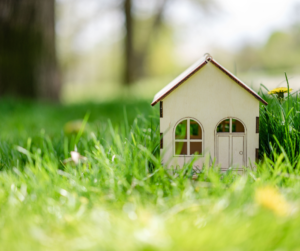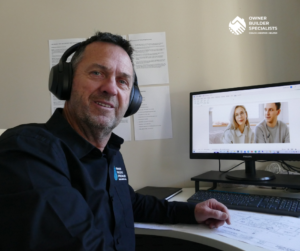Are kit homes worth it? That’s a question more and more Australians are asking as the cost of traditional construction continues to climb. Kit homes—prefab or modular homes—are gaining popularity as a likely solution to the housing affordability crisis. But are they indeed a wise investment, or do the downsides outweigh the benefits? In this blog, we’ll break down the pros and cons of kit homes so you can decide whether they’re the right fit for your building journey.

Kit homes are houses sold in flat-pack form and delivered to your site with pre-cut and pre-fabricated components. The owner, a builder, or an owner builder can assemble these homes. They come in many styles—from compact studios to spacious family homes—and often include all the structural components needed to complete the build.
The number one reason people turn to kit homes is affordability. Kit homes can save you thousands of dollars compared to a standard build, mainly because:
However, it’s essential to factor in other expenses like site preparation, council fees, connection to services, and interior fit-outs. These costs can alter widely depending on location and complexity.
This is one of the biggest concerns for potential buyers. Are kit homes worth it when it comes to quality? The answer largely depends on the supplier. Reputable kit home companies offer engineered, durable materials that comply with Australian Building Codes. In some cases, the quality is on par with—or even better than—conventionally built homes because components are made in controlled environments with less margin for human error.
That said, cheap or imported kits may cut corners, so always choose a supplier with a good track record and solid reviews.

One appealing feature of kit homes is the option to build it yourself. This is a dream come true for some—building their own home with their hands. For others, it’s an overwhelming prospect.
You can save significantly if you’re handy, organised, and have the time to manage the project. But if you’re not experienced, you may need help, which could erode your expected savings. Owner builder training and coaching can be a massive help in bridging that gap.
Kit homes often take less time to build than traditional homes. Once your kit is delivered, the framework can be up in weeks. Weather delays are also minimised due to the pre-fabricated nature of materials. This can be a massive benefit if you’re on a tight timeline or want to avoid paying rent while you wait for your home to be built.
Kit homes are ideal for:
They’re instrumental in remote areas where transporting materials and hiring trades can be more difficult and expensive.

In many cases—yes. Kit homes can be an excellent choice for people who want more control over their build, are budget-conscious, and are open to a more hands-on process. They can provide high-quality, customisable living spaces at a fraction of the cost and time of traditional homes.
However, they’re not for everyone. If you’re not prepared to manage the project or willing to take on some of the builds, the cost savings might be minimal. And if you choose a low-quality supplier, you may pay more for repairs and modifications.
Are kit homes worth it? For the right person in the right situation, absolutely. With careful planning, the proper support, and a reputable kit home provider, you can create an affordable home built to last. As Australia’s housing needs shift, kit homes are stepping up as a serious solution—and they might be the answer you’ve been looking for.